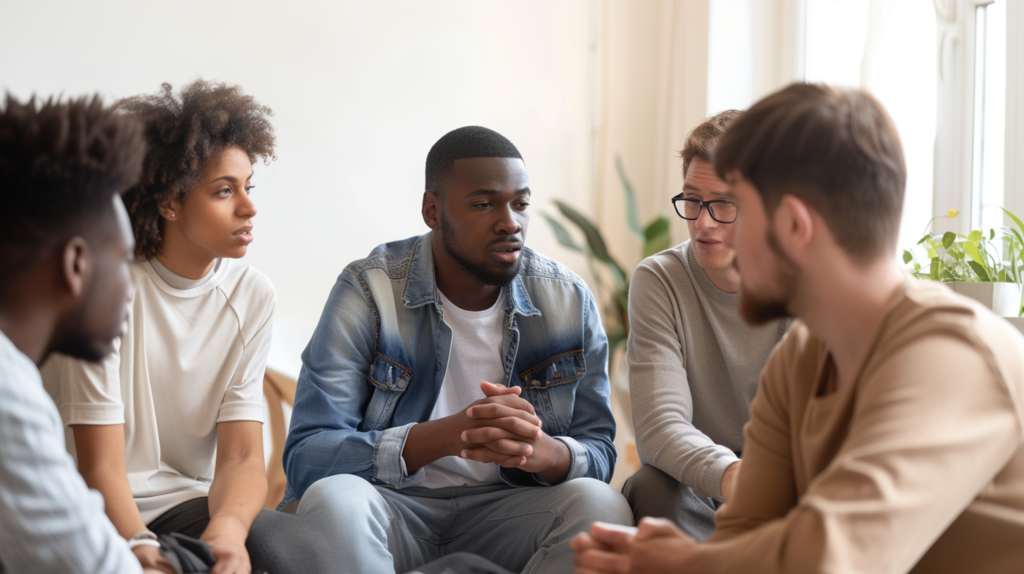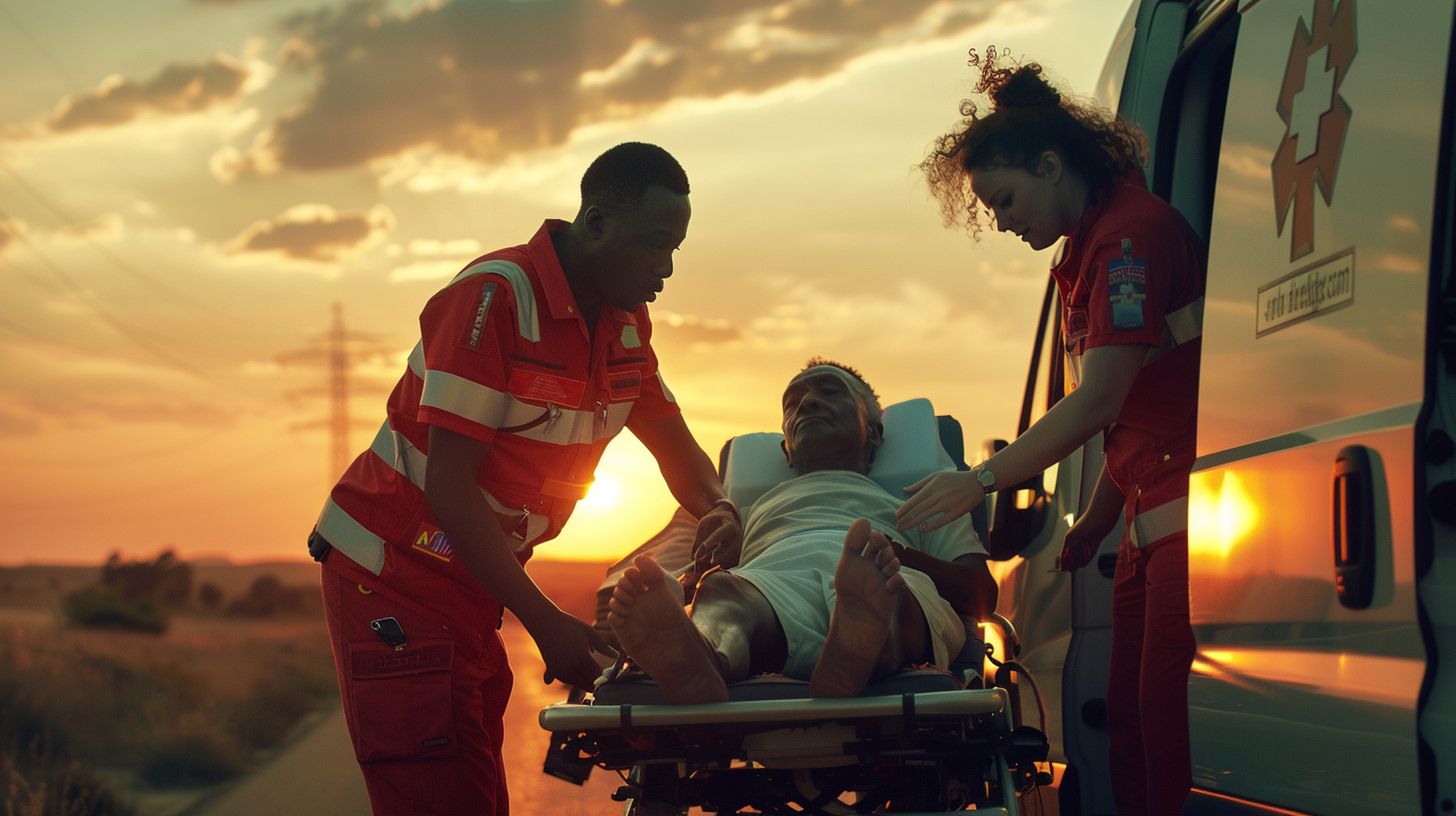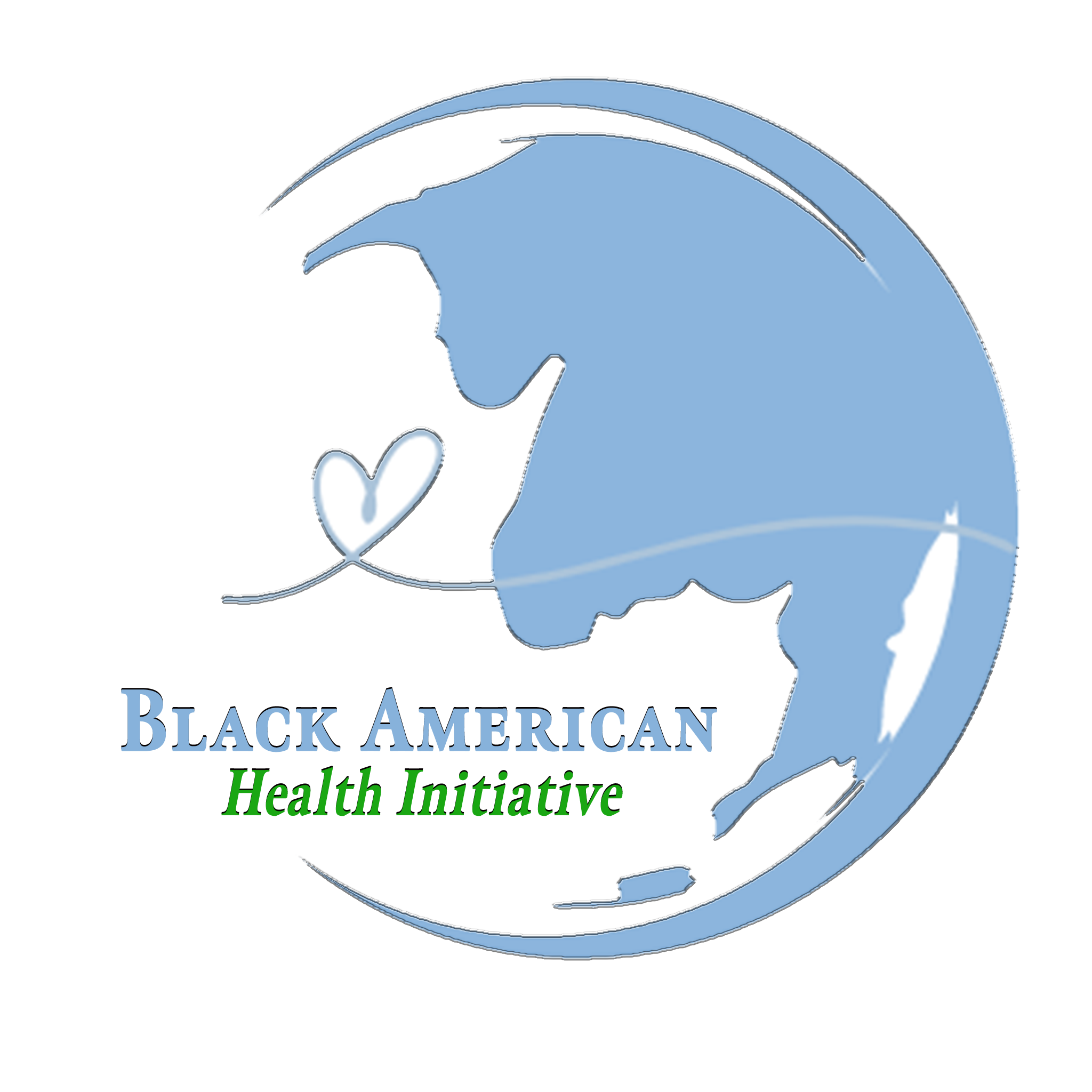May is officially American Stroke Month. Knowing early warning signs and taking swift action can drastically minimize the effects of a Stroke. Plus, it’s equally crucial to take steps to avoid another stroke. This article will cover the signs of stroke, why quick action is key, strategies for prevention, and support for mental health and emotional well-being after a stroke.
Recognizing the Early Warning Signs of Stroke
Recognize a Stroke, Save a Life, by acting F.A.S.T.:
1. FACE DROOPING – Promptly ask them to smile.
2. ARM WEAKNESS – Request to raise both arms.
3. SLURRED SPEECH – Have them repeat a simple sentence.
4. TIME TO CALL 911 – If you spot any of these signs, immediately dial emergency services.
Also watch out for sudden:
- NUMBNESS or weakness of face, arm, or leg, especially on one side of the body
- CONFUSION, trouble speaking or understanding speech
- TROUBLE SEEING in one or both eyes
- TROUBLE WALKING, dizziness, loss of balance or coordination
- SEVERE HEADACHE with no known cause
If you spot these symptoms in yourself or someone else, call emergency services right away. Time is critical.
Strokes can strike anyone, not just older adults. Lifestyle choices such as smoking, high blood pressure, or an inactive lifestyle can up your risk. Embrace healthier habits like quitting smoking and staying active to cut your stroke risk.
The Importance of Acting Fast in Case of a Stroke
Quick action is essential. The primary treatment for most strokes, a drug called Alteplase (also known as tPA or tissue plasminogen activator). It must be administered intravenously within 4.5 hours from the onset of stroke symptoms to be effective.1 2 3
The sooner it is given after stroke symptoms begin, the better, as it works by dissolving the blood clot and restoring blood flow to the affected area of the brain.3 However, alteplase carries a risk of bleeding in the brain, so physicians carefully evaluate each patient to determine if the benefits outweigh the risks before administering it.
One Stroke Too Many: Comprehensive Strategies to Prevent Another
Having a stroke is life-changing, but there are ways to prevent another:
- Manage hypertension by keeping blood pressure under control through regular checks and medication.
- Quit smoking—it’s a big risk factor for strokes.
- Eat healthily—more fruits, veggies, whole grains, and lean proteins, and less salt and fats.
- Stay active to boost your heart health.
- Follow your doctor’s advice on medications for conditions like diabetes or high cholesterol.
Also, managing stress through relaxation techniques can help maintain your overall well-being.
Regular health check-ups are vital to catch and manage any health changes early on.
Mental Health and Emotional Well-being After a Stroke
A stroke affects more than just physical health; it impacts mental and emotional well-being too. Many survivors face depression, anxiety, or fear of another stroke. Professional counseling and joining support groups can offer comfort and community.
It’s important for caregivers to be supportive and involved in the recovery process. Emotional healing is as crucial as physical recovery.
Support Systems for Stroke Survivors and Their Families
Recovering from a stroke is a collective journey. Here are some resources:

- Local and online stroke support groups offer community and shared experiences.
- Friends and family provide invaluable support, helping with daily tasks and emotional encouragement.
- Healthcare professionals guide treatment and ongoing care.
Remember, recovery involves both the survivor and their support network.
In summary, recovery from a stroke includes physical rehabilitation, emotional support, and using available resources. By embracing these elements, stroke survivors and their families can navigate recovery with resilience and hope.





